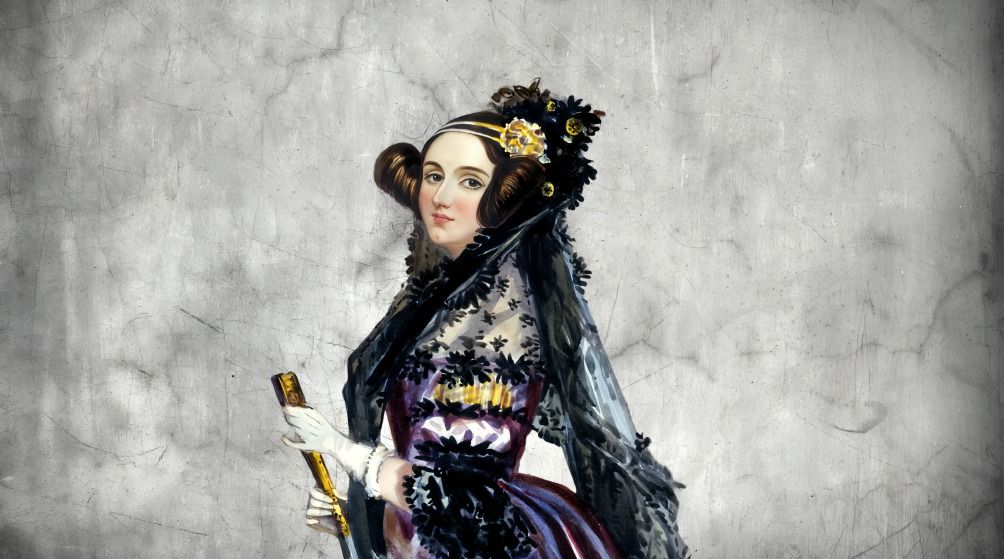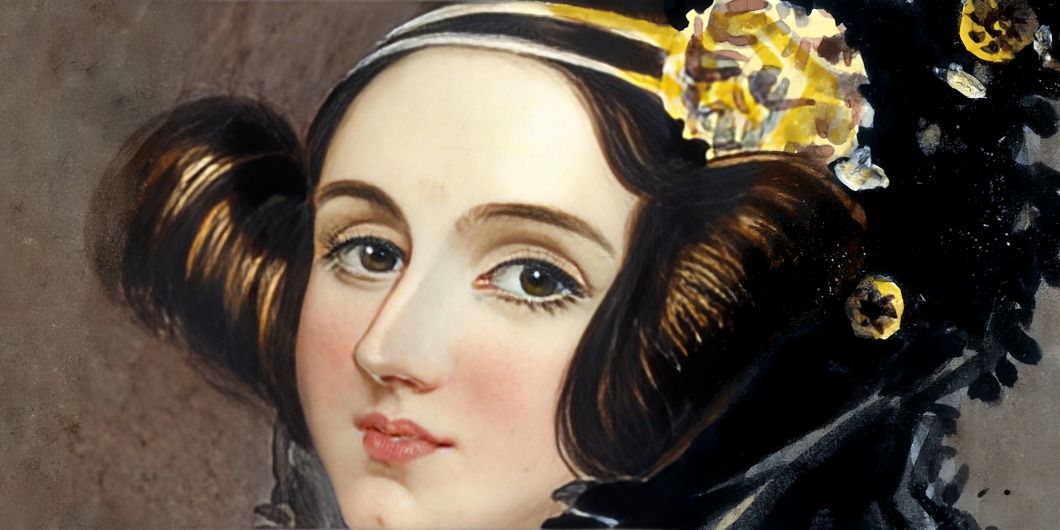
“
Ada Lovelace, widely regarded as the first computer programmer, revolutionized the world of mathematics and computing. Through her work on Charles Babbage's Analytical Engine, she saw the potential of machines to perform more than just calculations. In this blog, we explore 20 interesting facts about Ada Lovelace that shed light on her extraordinary contributions. From her early life to her visionary insights into computing, Ada's legacy continues to inspire scientists, mathematicians, and tech innovators around the world.1
1
”
Ada Lovelace, born in 1815, was the daughter of the famous poet Lord Byron, but she inherited her mathematical genius from her mother, Annabella Milbanke, who was a highly educated woman. 1
Ada Lovelace’s fascination with mathematics and science started early, thanks to her mother, Lady Byron, who ensured she was well-educated in these fields to counter her father's romantic and moody tendencies. 2
In her early teens, Ada designed plans for a flying machine, inspired by birds' anatomy. She even envisioned a steam-powered horse-like device that could carry wings and fly, displaying an early interest in engineering. 3
Ada's gambling habit, which began in the 1840s, became a financial burden, leading her to secretly pawn family jewels. She once lost £3,200 on a wrong bet at the Epsom Derby. 4
Ada was deeply fascinated by her father, Lord Byron, even though she never met him. She often reflected on his legacy and after her death, was buried next to him in the Byron family vault. 5

She is considered the first computer programmer because she wrote detailed notes on Charles Babbage's Analytical Engine, anticipating the machine’s potential to perform complex calculations far beyond basic arithmetic.
Ada's vision of computing went beyond mere calculations—she envisioned a machine that could manipulate symbols and perform tasks like composing music, making her ideas revolutionary for her time. 6
Lovelace's work was largely unrecognized during her lifetime, with her most significant contributions to computing being rediscovered more than a century later, in the 20th century. 7
Despite her aristocratic upbringing, Ada was very passionate about mathematics, and her intellectual curiosity led her to work closely with some of the leading scientists of the 19th century. 8
Lovelace's famous notes on Babbage’s engine contained an algorithm for calculating Bernoulli numbers, which is considered the first algorithm ever specifically designed for a machine to process. 9

She was an advocate for education and the empowerment of women, believing that women should have the same access to scientific education as men, a rare stance for women in the 19th century.
Although Ada was a visionary, her work was often misunderstood by her peers, especially because she used highly abstract concepts that were not yet fully developed in the field of mathematics. 10
In her lifetime, Ada published a paper on the Analytical Engine, which included her insights and the first detailed description of an algorithm, predating modern computer programming by more than 100 years. 11
Ada's relationship with her father, the poet Lord Byron, was distant. He left her mother when Ada was a baby and passed away when she was only eight, which left Ada longing for his legacy. 12
Despite her early passion for mathematics, Ada initially faced opposition from her mother, who disapproved of her interest in subjects considered "unfeminine" and instead encouraged her to pursue more "lady-like" activities. 13
Lovelace's correspondence with Babbage was rich in intellectual exchange, and she contributed ideas that influenced not only the development of computing but also future generations of computer scientists and engineers. 14

Ada Lovelace’s only published work, her translation of an Italian mathematician’s paper on Babbage’s Analytical Engine, is considered one o
Ada understood the connection between math and machines, describing the engine as capable of handling not just numbers, but anything that could be represented with symbols. 15
Ada’s mental health was fragile, and she struggled with periods of depression and illness throughout her life, which contributed to the brevity of her career and her early death at age 36. 16
Ada Lovelace’s legacy is celebrated today through "Ada Lovelace Day," which aims to honor women in science, technology, engineering, and mathematics (STEM) and promote greater gender equality in the fields. 17


